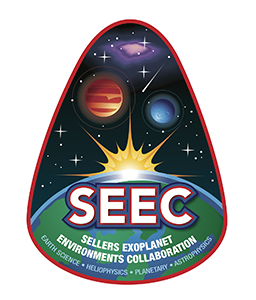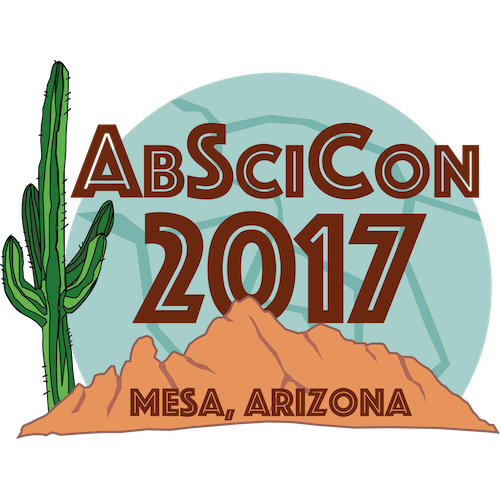NExSS Workshop: Impact of Exoplanetary Space Weather on Climate & Habitability
When: November 29, 2016 6:30AM PST

A NASA Nexus for Exoplanet System Science (NExSS) Workshop Without Walls: November 29th – December 2nd, 2016. New Orleans, LA, and other virtual locations.
Click here to RSVP if you wish to attend remotely to help us better organize this upcoming workshop. No commitment necessary!
Click here for the latest agenda.
Click here for information on how to participate remotely.
Organizers: Vladimir Airapetian (NASA GSFC), William Danchi (NASA GSFC)
The landscape of exoplanetary science has changed considerably with the great success of the Kepler mission, which has discovered thousands of transit candidates and hundreds of confirmed exoplanets around K-M dwarf stars and a few planets within their Habitable Zones (HZs). How does the classic definition of the HZ relate to the conditions required for development and support of life as we know it within “biogenic zones”? Kepler also revealed thousands of superflares on hundreds of solar-type stars, which may suggest that host stars have profound effects on the physical and chemical evolution of exoplanetary atmospheres. What do we know about the impact of space weather on our own planet? How can we use lessons learned from the largest solar space weather events to understand how exoplanets are affected by their host stars? Stellar forcing in the form of XUV fluxes, winds, coronal mass ejections (CMEs) and associated energetic particle events (EPE) can have a dramatic effect on the histories of atmospheric loss, atmospheric chemistry, and climates that shape exoplanetary habitability. Thus, there is a need to perform sophisticated observations and develop theoretical models to characterize the forms of magnetic activity, their effects on exoplanetary space weather, and its effects on atmospheric dynamics, chemistry and habitability conditions.
The assessment of the impacts of host stars on the climate and habitability of terrestrial (exo)planets may significantly modify the current definition of the habitable zone and provide new avenues for searching for signatures of life.
The major goal of the workshop is to promote collaboration between NExSS team members and the broader U.S. and international communities, to discuss recent progress in interdisciplinary studies, and to develop a community roadmap that crosess the boundaries of space weather from the Sun to cool stars and investigates its impact on (exo)planetary climates. This will be achieved by bringing together scientists involved in related activities in the broader astrophysics, heliophysics and planetary science communities. Their perspectives of interrelations among space weather, climate and habitability conditions will be crucial in defining the boundaries of habitability of exoplanets around F to M dwarfs.
The workshop will be open to community virtual participation via Adobe Connect.
The following key themes will be reviewed and discussed:
How do solar and stellar explosive events and associated space weather (SW) form?
How can we search for SW signatures around cool dwarf stars at various phases of evolution?
What is the impact of space weather on the rate of atmospheric escape from magnetically shielded and unshielded (exo)planets?
What lessons on atmospheric escape rates can we learn from Earth, Mars and Venus?
How does space weather (XUV, particle radiation and interplanetary magnetic fields) affect water loss from (exo)planets?
How does space weather impact planetary chemistry and climates?
What are the SW effects imposed by cool stars on planetary surface habitability?
What are the SW imposed spectral signatures from (exo) planetary atmospheres?
The major output of the workshop will be the development of three white papers (one per science topic) aimed at specifying a conceptual framework for the ways forward in theoretical modeling, chemical experiments, and in situ and remote observations of bio-signatures of life affected by SW. The outcome of such an interdisciplinary approach will become crucial in defining the candidates for habitable planets for upcoming exoplanetary missions including TESS and JWST and for a potential future direct imaging mission.
 Environments of Terrestrial Planets Under the Young Sun: Seeds of Biomolecules
Environments of Terrestrial Planets Under the Young Sun: Seeds of Biomolecules 2018 Georgia Tech Astrobiology Colloquium
2018 Georgia Tech Astrobiology Colloquium Habitable Worlds 2017
Habitable Worlds 2017 AbSciCon 2017
AbSciCon 2017